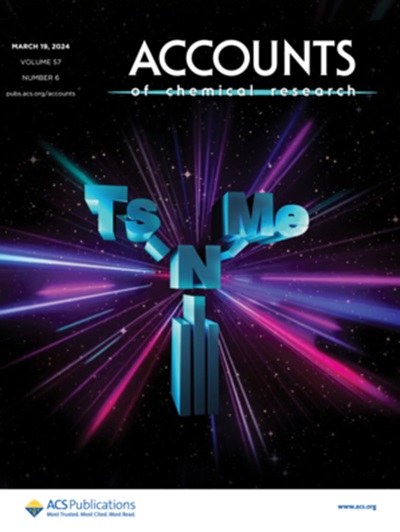Modeling Developmental Changes in Caffeine Clearance Considering Differences between Pre- and Postnatal Period.
IF 16.4
1区 化学
Q1 CHEMISTRY, MULTIDISCIPLINARY
引用次数: 0
Abstract
Taguchi et al. reported that postmenstrual age (PMA) is a promising factor in describing and understanding the developmental change of caffeine (CAF) clearance. The aim of the present study was to quantify how developmental changes occur and to determine the effect of the length of the gestational period on CAF clearance. We performed a nonlinear mixed effect model (NONMEM) analysis and evaluated the fit of six models. A total of 115 samples were obtained from 52 patients with a mean age of 34.3 ± 18.2 d. The median values of gestational age (GA) and postnatal age (PNA) were 196 and 31 d, respectively. Serum CAF levels corrected for dose per body surface area (BSA) (C/D ratioBSA) were dependent on PMA rather than PNA, which supports the findings of a previous study. NONMEM analysis provided the following final model of oral clearance: CL/F = 0.00603∙WT∙∙0.877GA ≤ 196 L/h. This model takes into account developmental changes during prenatal and postnatal periods separately. The model successfully described the variation in clearance of CAF. Our findings suggest that the dosage of CAF in preterm infants should be determined based not only on body weight (WT) but also on both PNA and GA.模拟咖啡因清除率的发育变化,考虑出生前后的差异
Taguchi 等人报告说,月经后年龄(PMA)是描述和理解咖啡因(CAF)清除率发育变化的一个有希望的因素。本研究的目的是量化发育变化是如何发生的,并确定妊娠期长短对咖啡因清除率的影响。我们进行了非线性混合效应模型(NONMEM)分析,并评估了六个模型的拟合度。我们从平均年龄为 34.3±18.2 d 的 52 名患者中获得了 115 份样本。胎龄(GA)和产后年龄(PNA)的中位值分别为 196 天和 31 天。根据单位体表面积(BSA)剂量校正的血清 CAF 水平(C/D ratioBSA)取决于 PMA 而非 PNA,这支持了之前一项研究的结果。NONMEM 分析提供了以下口服清除率的最终模型:CL/F = 0.00603∙WT∙0.877GA ≤ 196 L/h。该模型分别考虑了产前和产后的发育变化。该模型成功地描述了 CAF 清除率的变化。我们的研究结果表明,早产儿的 CAF 剂量不仅应根据体重(WT)来确定,还应同时根据 PNA 和 GA 来确定。
本文章由计算机程序翻译,如有差异,请以英文原文为准。
求助全文
约1分钟内获得全文
求助全文
来源期刊

Accounts of Chemical Research
化学-化学综合
CiteScore
31.40
自引率
1.10%
发文量
312
审稿时长
2 months
期刊介绍:
Accounts of Chemical Research presents short, concise and critical articles offering easy-to-read overviews of basic research and applications in all areas of chemistry and biochemistry. These short reviews focus on research from the author’s own laboratory and are designed to teach the reader about a research project. In addition, Accounts of Chemical Research publishes commentaries that give an informed opinion on a current research problem. Special Issues online are devoted to a single topic of unusual activity and significance.
Accounts of Chemical Research replaces the traditional article abstract with an article "Conspectus." These entries synopsize the research affording the reader a closer look at the content and significance of an article. Through this provision of a more detailed description of the article contents, the Conspectus enhances the article's discoverability by search engines and the exposure for the research.
 求助内容:
求助内容: 应助结果提醒方式:
应助结果提醒方式:


